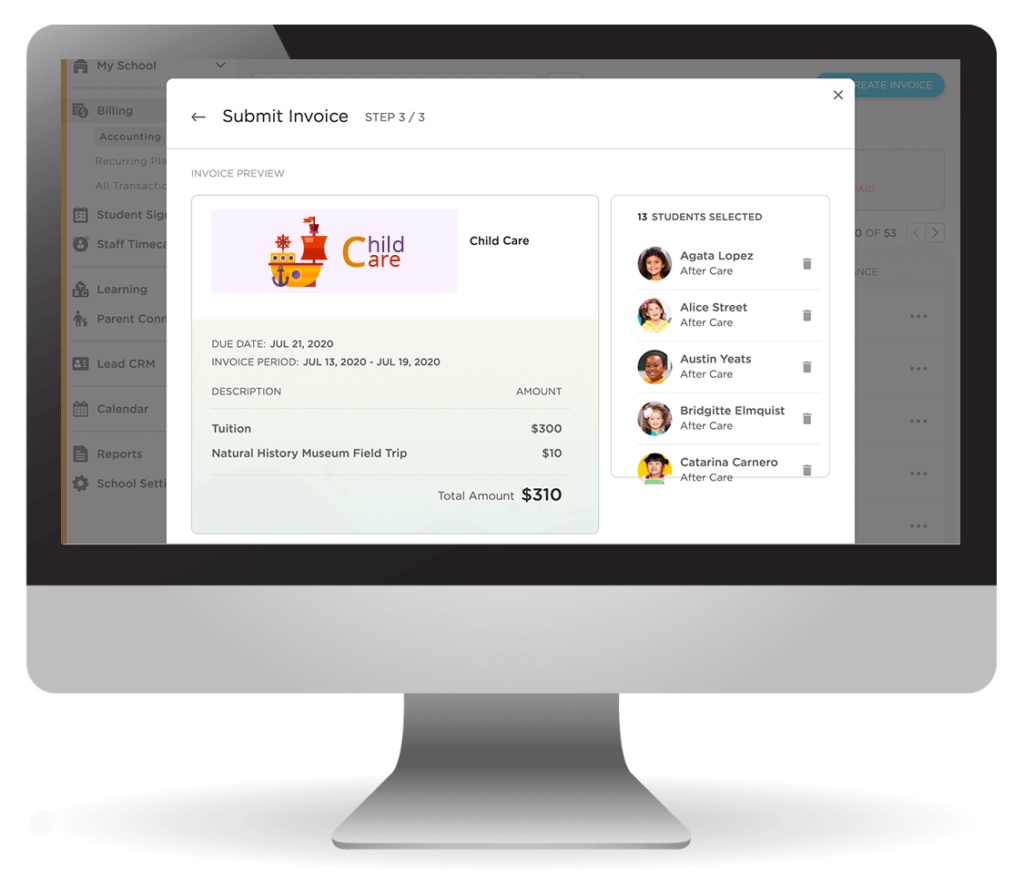
With the success of America’s vaccine rollout, many states are now planning to repeal their mask mandates and open for business – and not a moment too soon!
For many of us, the coronavirus pandemic has been the most disruptive and challenging period of our lives. Our essential workers have experienced a heightened sense of anxiety in simply going to work and performing their normal job duties. Meanwhile, those with the privilege to work from home have grown tired of self-isolating and are desperate for a return to some normalcy.
There’s even a new term to describe the frustration we’re feeling about the lack of connection and disruption of social routines brought on by the pandemic: quarantine fatigue.
In this blog post, we’re taking a closer look at this idea of quarantine fatigue, including its main causes and symptoms during the COVID-19 pandemic. Most importantly, we’ve curated a list of 10 strategies that can help you overcome your own feelings of quarantine fatigue as we continue to rebound from this pandemic.
What is Quarantine Fatigue?
Quarantine fatigue is a relatively new term that’s being used to describe our feelings of frustration with the ongoing pandemic situation, lockdowns, working from home with kids – any and all types of disruption caused by COVID-19.
Quarantine fatigue has two components that you can probably relate to if your life has been disrupted by COVID-19.
First, there’s the element of frustration. Humans are social creatures of habit. When we’re forced to isolate, reduce our social connections, change our routines, or give up our freedom, we can experience emotions like anxiety, stress and irritability. People with quarantine fatigue are also reporting symptoms such as loss of motivation, disrupted sleeping and eating patterns, and racing thoughts driven by the daily uncertainty of living in a pandemic.
Second, there’s the element of resistance. The negative emotions brought on by quarantine fatigue can make individuals more resistant to following pandemic rules, including mask-wearing and social distancing.
As we move toward a full reopening of our economy, folks are living through the final and most challenging days of self-isolation. Quarantine fatigue is at an all-time high, but it’s crucial that we start to manage those feelings of frustration and resistance so we can feel better and make a smooth transition to a safer and happier way of life.
To help with this, we’ve put together a list of 10 tips for dealing with quarantine fatigue.
The idea behind our list is simple: by practicing self care, acting more intentionally each day, connecting socially and adjusting your routines, you’ll be able to reduce the feelings of frustration and uncertainty that are commonly associated with quarantine fatigue. This should also help reduce your resistance to any pandemic rules you’ll still need to follow as we reopen, as there are still ongoing concerns about the spread of COVID-19 variants in our communities.
10 Tips for Dealing with Quarantine Fatigue
Be Kind to Yourself
When you’re feeling overwhelmed by life in the quarantine, it’s easy to place the blame on yourself. The truth is that you’re only human, and the frustration you’re experiencing is a normal part of that.
You’re not alone either – millions of people are going through the exact same thing. That’s why it’s important to be kind to yourself. Take a few moments to remind yourself that this pandemic isn’t your fault, that you’re doing the best you can, and that it’s okay to feel upset about how things have changed.
Practice Gratitude

One thing we can all do to feel better about our lives is practice gratitude. Practicing gratitude means being thankful for the things we have, instead of focusing on everything that’s going wrong. When you practice gratitude, you’re reminding yourself that things really aren’t so bad, and that you’ve actually got a lot to be happy about – even if it doesn’t always feel like it.
Take a few minutes every day this week to write down three things you’re thankful for. You can focus on your own life (“I’m thankful that my kids and I have been safe during this pandemic”) or the big picture (“I’m thankful to live in a country where we have amazing access to vaccines”).
Be Intentional about Quality Family Time
When you’re quarantining with your family for months on end, it can feel like you’re living the same day over and over – almost like listening to a song on repeat. After a while, that repetitive experience starts to lose meaning and you may feel like you’re simply “going through the motions” instead of really living your life. This part of quarantine fatigue can result in low-quality, low-intention family interactions, where everyone “goes through the motions” without really being present.
You can break the cycle here by being more intentional about spending quality time with your family. This week, try planning a board game or activity night for the family and get everyone involved. You could even organize a family paint night or get the kids to help you make a special dinner, but the idea is the same: experiencing something new as a family and focus on being present throughout the experience.
Find Ways to Anchor Your Schedule
Quarantine fatigue has a lot of people struggling to maintain a consistent schedule for eating and sleeping. Structured work routines enforced by the demands of in-person employment have gone out the window in many cases, resulting in more flexibility than most people are accustomed to managing.
Anchoring your schedule means choosing an activity to complete at the same time every day – one that’s important enough to schedule your life around. It could be riding your exercise bike every morning, reading to your kids before bed or preparing a family dinner. The important part is consistency – doing the activity at a specific time each day, no matter what. Once you’ve got that consistency, you can start to organize your work, sleeping and eating habits in the best way to support that all-important daily activity.
Make Time for Self Care
Self care is all about taking care of your physical, emotional, psychological and spiritual health. When you take good care of yourself, you find yourself in a better state to take care of the important people in your life. Many people who struggle with self care have found that quarantine fatigue makes it worse, but that doesn’t mean you can’t fight back.
Start with small steps. This week, take a relaxing bath, meditate for a few minutes to clear your mind and get some exercise. Try to process your feelings about the pandemic and quarantine fatigue, either on your own or by talking to someone you trust.
Spend More Time Outside

One thing you can do to reduce symptoms of quarantine is spend more time outside. That could mean having a BBQ in your backyard, visiting a local park or just taking a walk around the block after work. Spending more time outside can help you get more exercise, soak up more vitamin D, and reduce feelings of stress and anxiety that are associated with quarantine fatigue.
Stay Socially Connected
During the pandemic, we’ve been encouraged to limit our social connections – especially with vulnerable members of the population. Indeed, being unable to visit parents, grandparents, aunts and uncles, and other at-risk family members has been one of the most challenging parts of dealing with COVID-19.
Despite this challenge, it’s still important for your mental health that you maintain a social network of friends and family. This week, set aside 10 minutes every day to call someone you haven’t spoken to in a while. You could also set up a group video meeting to check in with friends and family.
Limit Your Screen Time
When there’s nothing to do and nowhere to go, many people default to watching television or some other type of screen time. A good chunk of Americans, including millions of children, are now spending more than four hours each day in front of a screen.
Limiting your screen time gives you the opportunity to be bored, which can lead you to start a project, create something new or work on strengthening social bonds.
Start a Fresh Hobby
Millions of Americans enjoy hobbies that require them to leave the house and engage with others. Hobbies can fill many different roles for us, providing a platform for social interaction, skill development and stress relief. Popular hobbies during the quarantine include solo sports like cycling and rollerskating, arts and crafts hobbies like knitting/crochet and drawing, cooking (and eating!), journaling/writing or learning a complex game like chess.
Plan for the Future
The last thing on this list that we’ve found helps with quarantine is to make plans for the future. What are you most excited about doing after the pandemic? What restaurant or attraction would you like to visit? Who would you like to go with? Having these conversations is a great way to cultivate hope when you’re feeling hopeless about the situation. It’s a way of reminding yourself that this too shall pass, and that there’s plenty of life waiting for you on the other side.
Overcome the Impacts of Quarantine Fatigue with Procare Solutions

As our states begin to reopen, child care providers will encounter parents who are returning their kids to child care and may be struggling with quarantine fatigue. To effectively serve these parents, centers must have the proper tools and procedures in place to support COVID safety protocols while building trust and acknowledging how parents and kids are feeling.
Procare is here to help, providing trustworthy, modern and easy-to-use tools that make life easier for parents, teachers and child care providers. Our contactless check-in capability lets you manage the child care check-in process while minimizing germ spread at your facility. We’ve also created a simple child care billing solution that’s contactless and convenient for both parents and providers.
Best of all, child care providers can use the Procare Parent Engagement app to connect with parents, show empathy and build trust, and communicate expectations as we work to overcome quarantine fatigue and get back to normal life.
Ready to get started?



